Bank of Huntington and the James Gang Bank Heist of 1875
Introduction
Text-to-speech Audio
Images
Illustration of the 1875 robbery
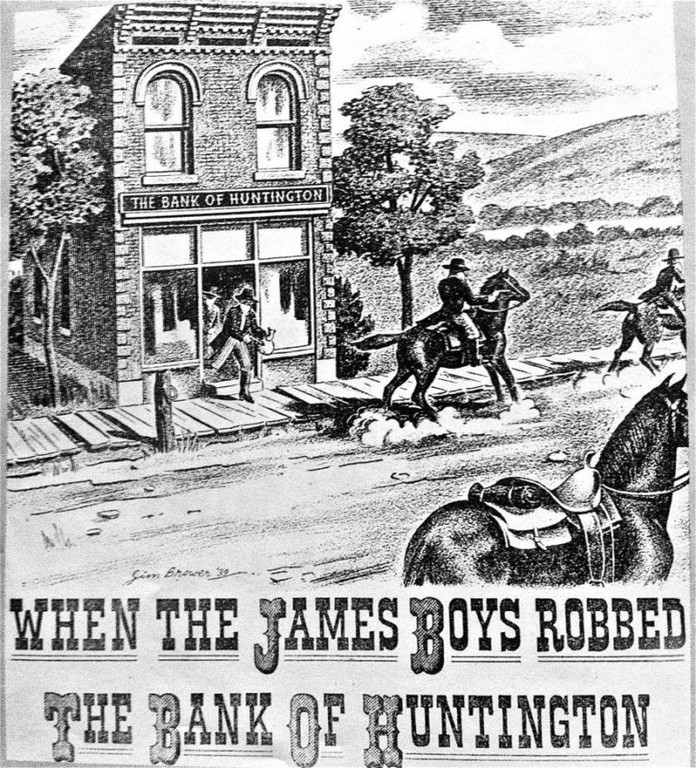
Jesse and Frank James, pictured in 1872
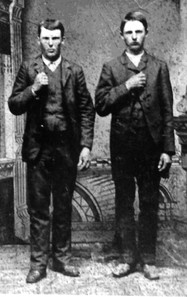
Cole Younger, circa 1889
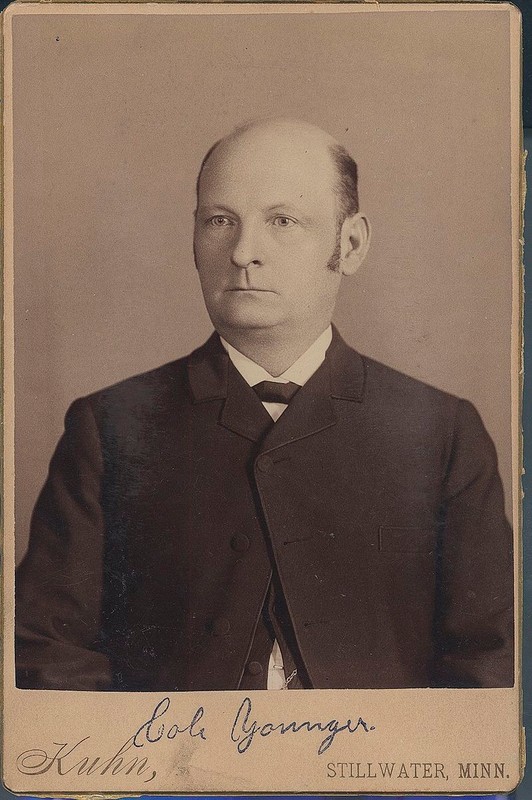
The brick Bank of Huntington is visible in the background of this photo
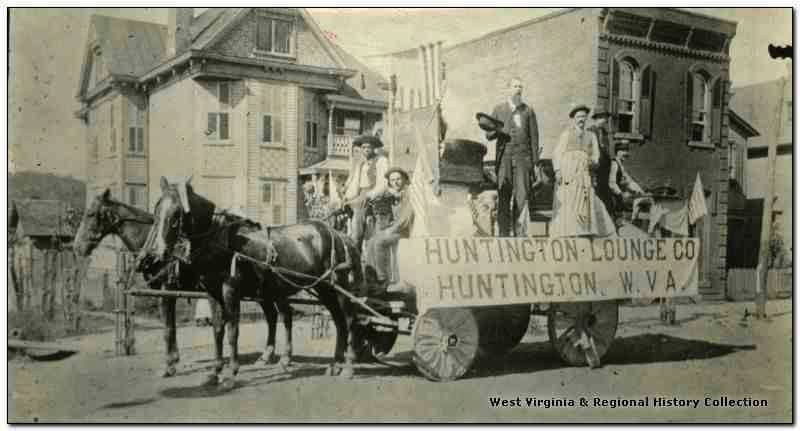
A bank transfer with Bank of Huntington, July 1892
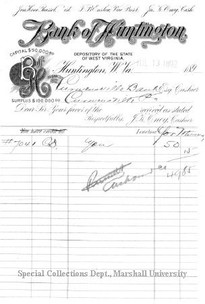
Moving the old Huntington Bank Building to Heritage Station in 1975
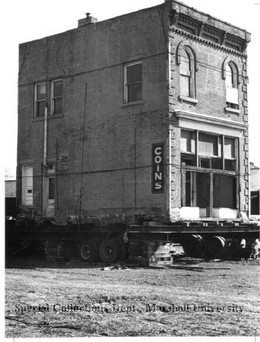
Moving the old Huntington Bank Building to Heritage Station in 1975
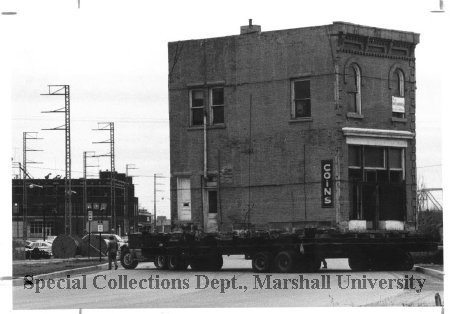
Bank of Huntington Building at Heritage Station
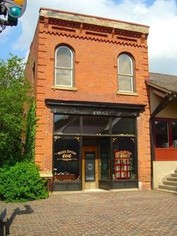
The preserved teller cages on the first floor retail space.
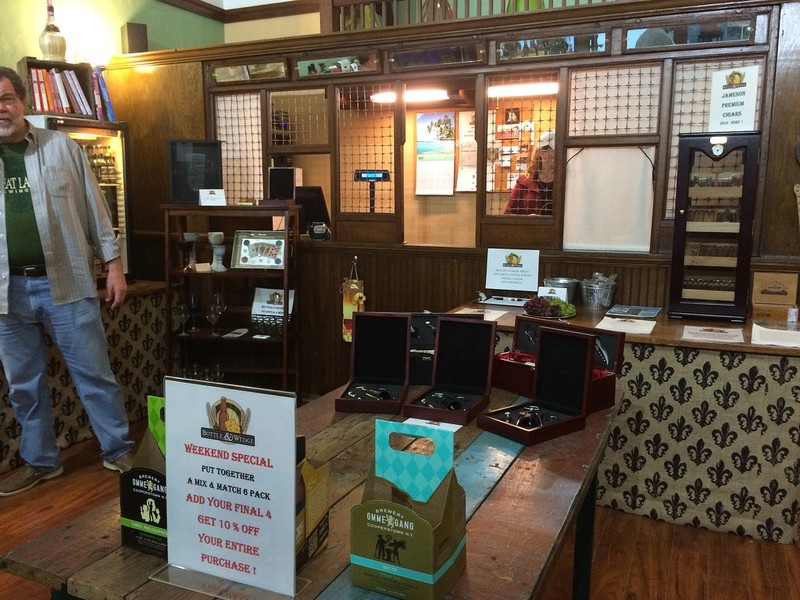
The Chessie Room.

Bank of Huntington Building today, located beside Heritage Station.

The Chessie Room.

The preserved teller cages on the first floor retail space.

Backstory and Context
Text-to-speech Audio
When railroad magnate Collis P. Huntington founded the city in 1871, intending to establish a western terminus for the Chesapeake and Ohio Railway, businessmen were quickly drawn to the area and the opportunities it offered. As offices, retailers, and hotels opened in the small downtown, it was soon time for a bank to open. The city’s first bank, the Bank of Huntington, was chartered in July of 1875. It was situated in a small brick building on 3rd Avenue. Peter Cline Buffington, who served as Huntington’s first mayor, was the new bank's first president, although he passed away shortly after it was founded.
Mere months after the bank opened, it was the site of a now-legendary holdup. On September 6, 1875, the president of the Bank of Huntington, John Hooe Russel, stepped out for lunch. He left cashier Robert T. Oney to tend the bank until he returned. At that time, two gunmen entered the bank while two others stood guard outside. After a brief standoff, Oney was forced to open the bank’s safe and hand over its contents. While the exact amount of money that was taken remains unclear, estimates run between $10,000 and $20,000. Russel returned to the bank in time to see the bandits flee. He, along with the sheriff of Cabell County and twenty armed men, chased after the criminals but were unable to catch them as they escaped across the Big Sandy River into Kentucky. A second group, led by the bank’s vice president, set out from Barboursville and ultimately pursued the robbers for three days.
The robbers successfully made it out of West Virginia, but they soon encountered troubles that led to both their identification and an enduring mystery. One of the criminals, Tom McDaniels, was killed in a shootout in Kentucky while another, Tom Webb, was apprehended in Tennessee. Webb served several years for his crime, but he never identified the two other men involved in the robbery. As a result, it proved difficult to determine just who the other robbers were, leading to widespread speculation. The most popular theory to emerge was that the unidentified men were Cole Younger and Frank James of the famous James-Younger gang. Jesse and Frank James were former Confederate guerrillas who led a notorious band of outlaws in the years following the war. The brothers often paired with members of the Younger family, together robbing banks and trains. The Missouri-based gang typically robbed banks in broad daylight, which was the case in the Bank of Huntington robbery. This similarity, along with the sheer notoriety of the gang at the time of the robbery, may explain why the Huntington heist was so eagerly tied to James and Younger.
In the aftermath of the robbery, a flurry of rumors arose about James and Younger’s whereabouts. Some believed that James established a farm in neighboring Wayne County and lived there for several years under the alias of Frank Morris. This is unlikely, however, as James was identified as a participant in bank robberies outside of West Virginia in later years. In 1903, James, who was never convicted for any of his alleged crimes, started a Wild West Show alongside Cole Younger. The pair visited Huntington that year to perform their show, “The Great Cole Younger & Frank James Historical Wild West Show.” When they were questioned about the bank robbery, both men denied any involvement, and no attempt was made to arrest them for the heist.
As Huntington prospered at the turn of the century, emerging as the state’s largest city by 1910, new banks were founded that began to compete with the Bank of Huntington. Several of these banks were housed in imposing high-rise buildings with elaborate lobbies and cutting-edge fixtures that easily overshadowed the small brick Bank of Huntington. In 1894, the bank merged with the Commercial National Bank to form the Huntington National Bank. Later, in 1925, the Huntington National Bank merged with the First National Bank to form the First Huntington National Bank (FHNB), which had an impressive twelve-story building on 4th Avenue. By that time, the 3rd Avenue building was no longer in use as a bank. The first floor was likely occupied by various local businesses, while an apartment was rented out of the second floor.
During the 1970s, the former bank building was at risk of being demolished to make way for a roadway. In 1975, one hundred years after the bank robbery, the community decided to relocate the bank to its current location at the old B&O Railroad Depot. The building is now a part of the Heritage Station historical and shopping center. The interior has been well preserved, with its teller cages intact. Since its relocation, various local businesses have operated out of the ground floor: as of 2019, the Haute Wick Social, a custom candle-making shop, currently occupies the space. The second floor has been converted into the Chessie Room, a B&B named after the C&O mascot.
Sources
1. Platania, Joseph "James Gang." e-WV: The West Virginia Encyclopedia. 04 April 2011. Web. 24 November 2016.
2. Casto, James E. “Huntington Bank Robbed!” January 2014. Accessed November 25, 2016. http://www.wonderfulwv.com/SiteCollectionDocuments/Archive/Jan2014.pdf.
3, James Gang Rob Huntington Bank, Wayne county News 1992 as reprinted by Rootsweb, http://www.rootsweb.ancestry.com/~wvcccfhr/jamesgang/james.htm accessed 11/24/17
4. Bob Powell, Bank of Huntington Robbed by James Gang: Sept. 6, 1875. This Week in West Virginia History, West Virginia Public Radio September 6, 2016 http://wvpublic.org/post/bank-huntington-robbed-james-gang-sept-6-1875#stream/0
https://downtownhuntington.net/heritage-station-jewel-citys-hidden-gem/
https://www.wvencyclopedia.org/articles/959
https://en.wikipedia.org/wiki/Cole_Younger#/media/File:Thomas_Coleman_%22Cole%22_Younger.jpg
https://www.facebook.com/photo.php?fbid=3046089618764544&set=gm.2325179157706154&type=3&theater&ifg=1
https://marshall.pastperfectonline.com/webobject/4445FD5D-68E1-4193-B5CB-497085507910
https://marshall.pastperfectonline.com/photo/E1EDC505-CDB9-41CE-BFF3-109707092662
https://marshall.pastperfectonline.com/photo/B87CDA9B-89CF-4A8B-9330-509655104688
